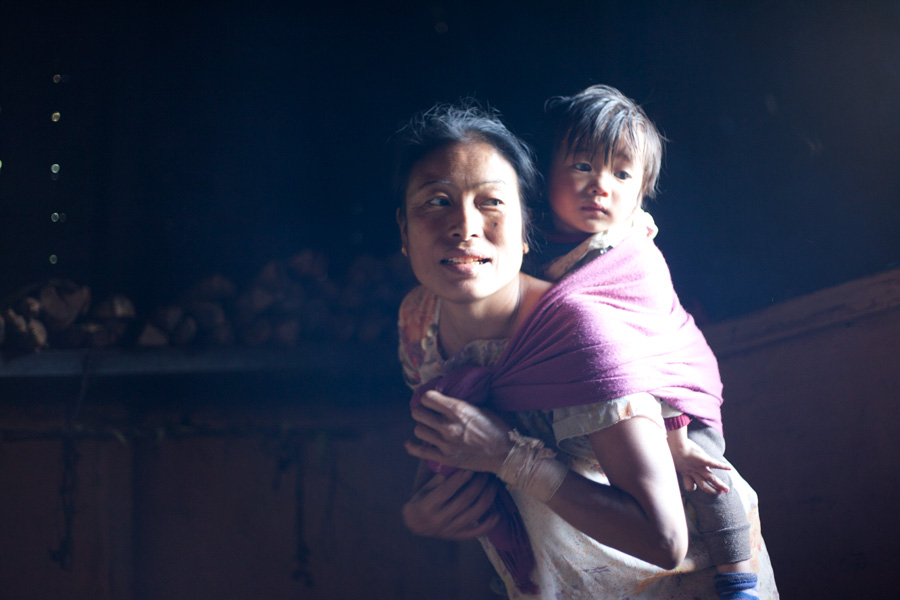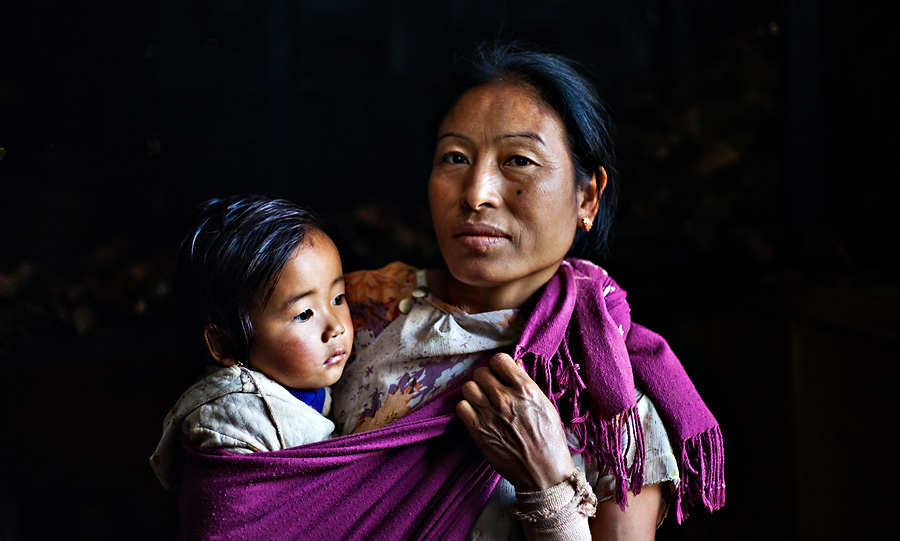Travelling through North-East India last December during our ‘Photography in North-East India and Hornbill Festival‘ tour, we visited several small villages, spent time chatting with people in rural areas in their homes and made many photographs in the process. Often when shooting indoors, we ran into the problem of light. In some occasions there wouldn’t be enough light and in some situations, the quality and direction of light did not work well.
In many such situations, what came to my help is a tool that is often ignored by outdoor and travel photographers – a flash.
A lot of travel and outdoor photography-enthusiasts swear never to use flash and believe that it ruins the images. This belief usually comes from having used the pop-up flash attached to the camera. The pop-up flash provides little control over lighting, and almost always creates ugly bright sections in center of the frame leaving everything else dark. The unappealing results make them move away from flash for good.
But this doesn’t mean that one shouldn’t use a flash at all in outdoor and travel photography. The external flashes, when used with care, can create magical results that ambient light alone may not be able to produce. Below is a comparison of images made with ambient light and using flash.
The above image of the beautiful lady and her son at their kitchen was made without using a flash. As you can see, the light is coming from an opening to the right side of the frame and there is no light to the left side. This has created an undesirably strong contrast with excessive brightness to the right. Some improvement is the light is desirable. See the next photograph below.
The second image has softer light on the lady’s face, but still retains some variation to highlight the textures on her face. The added effect of the flash is that the background is now much more muted, highlighting the lady and her son better.
While this may have been difficult to achieve with a pop-up flash, using an external flash and carefully controlling the light helps in creating the desired results. In the above image, intensity of flashlight was controlled to match the window light. It was also not fired directly into the face of the subject, but was diffused through a white sheet attached to the flash.
Coming up next in Part II: Using flash in outdoor photography on a sunny day.
Also see: Our photography tour – Photography in North-East India and Hornbill Festival – during which the above images were made.


